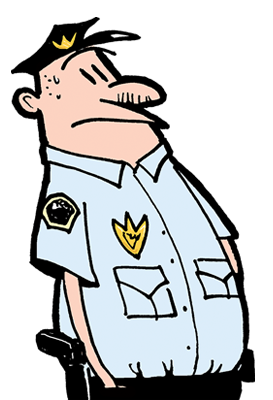One of the things that is cracking me up as the national media start noticing there’s something happening over here is that they don’t really get what this project is doing. I think they’re pigeonholing me with all those starched-shirt serious journalists who can talk in grave tones and detailed factoids about their work. If not that, they think I’m some kind of expert in police violence or even a lawyer–an expert on Capitol Hill shenanigans. I’m not. I am an expert on this information, not on cops or police violence. I’m an expert on journalism and public records because I’ve done it and taught it for more than 20 years, and now I’m becoming an expert on crowdsourcing journalism.
I’m more like the person who’s writing the book than the author who has written a book. I’m just one guy who is trying to do what mainstream media and government refused to do, collect this important information for the American public.
I am becoming an expert in a particular area of police violence, fatal use of deadly force–a little bit–but I’m not going to write the book until the project in the Reno News & Review is complete.
Fatal Encounters did start out as an almost pure investigative and data journalism project. It was going to be based entirely on public documents that were crowdsoourced using the database of all the state and local law enforcement agencies that I created on the site. People are still doing that, for example, just this week a lawyer in Texas sent out public records requests to all 1,913 agencies in Texas. Another guy is handling Kansas.
But when law enforcement set up so many delays, I created the webform for article submissions. That brought in the crowdsourcing of data from published reports.
And then when the site started taking off, people started doing occasional in-person reporting—witness stuff, or things people they talked to said. I haven’t figured out how to work this into the database, but I’m saving it all.
And once I started accumulating real numbers, volunteers started popping up, creating visualizations and more sophisticated maps. Here’s one :http://ow.ly/AXX79
I take no ownership of this data, and I’ve freely given it to anyone who wants to use it for any reason, as long as they understand how young and incomplete the database is. Today, there are about 1,300 incidents in it from January 1, 2000 through today’s date. By Saturday or so, there will be 2,000 fact-checked killings. I believe the total number is more than 17,000. I just started the crowdsourcing aspect in March, so we’re just beginning.
So, in a nutshell, Fatal Enounters is an effort to create a database using crowdsourced data, crowdsourced reporting, crowdsourced analysis and crowdsourced presentation in what I think must be one of the largest crowdsourced journalism projects in history.

